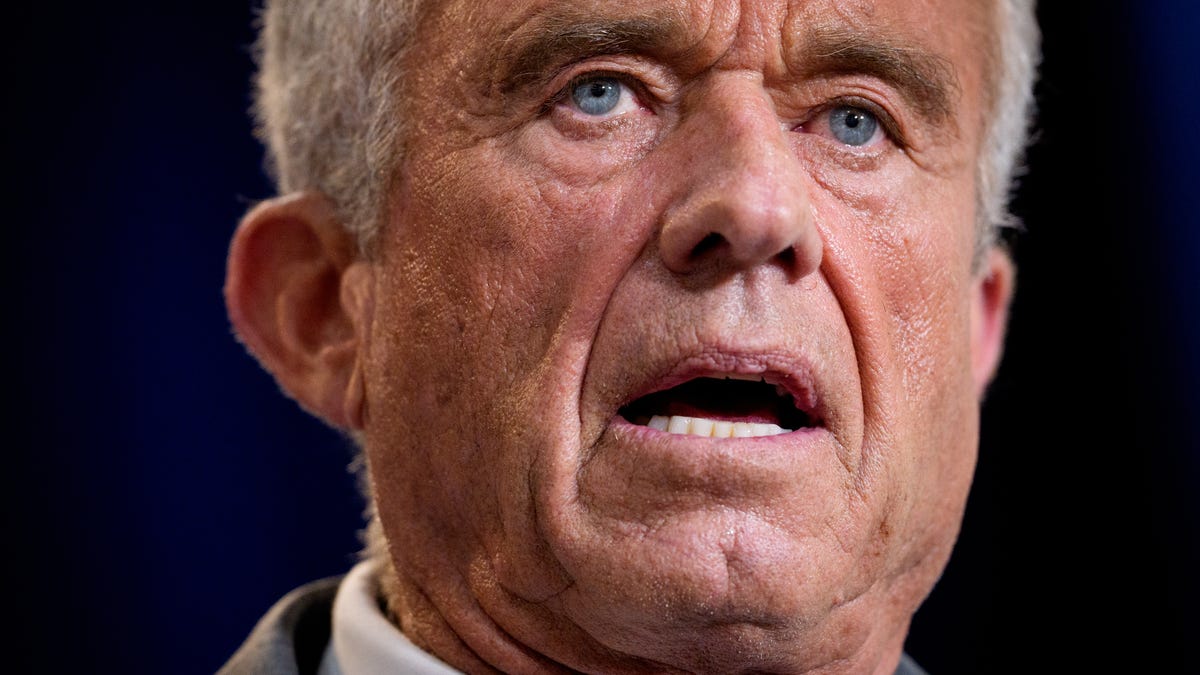The Ripple Effect: How RFK Jr.’s Food Dye Ban Could Reshape the Snack Industry
Robert F. Kennedy Jr.’s proposed ban on synthetic food dyes could force major brands like Lucky Charms, Gatorade, and Skittles to reformulate their iconic products. Announced as part of his 2024 presidential campaign platform, the policy targets seven artificial colorings linked to health risks in studies, potentially triggering the most significant shift in U.S. food manufacturing since trans fat elimination. With the FDA facing renewed scrutiny over food additive safety, manufacturers are already exploring costly alternatives that could alter flavors, textures, and shelf lives of America’s favorite snacks.
Which Food Dyes Face Elimination?
The proposed legislation specifically targets seven synthetic dyes currently approved by the FDA:
- Red 40 (Allura Red)
- Yellow 5 (Tartrazine)
- Yellow 6 (Sunset Yellow)
- Blue 1 (Brilliant Blue)
- Blue 2 (Indigo Carmine)
- Green 3 (Fast Green)
- Red 3 (Erythrosine)
These petroleum-derived colorants account for 90% of artificial dyes used in U.S. foods according to the Environmental Working Group. A 2021 Purdue University study found that the average American child consumes 1.8 pounds of synthetic dyes annually, primarily through breakfast cereals, fruit snacks, and beverages.
Health Concerns Driving the Proposed Ban
Mounting research suggests synthetic dyes may contribute to:
- Hyperactivity in children (supported by multiple European studies)
- Increased cancer risk in animal studies (particularly Red 3)
- Allergic reactions in sensitive individuals
“The science has been clear for over a decade that these chemicals don’t belong in children’s foods,” says Dr. Marion Nestle, Professor of Nutrition at New York University. “Europe implemented warning labels in 2010, while U.S. regulators continue dragging their feet.” Indeed, the UK version of Lucky Charms uses natural colorings like turmeric and beet juice instead of artificial dyes.
Industry Pushback and Reformulation Challenges
Food manufacturers argue the proposed ban overlooks FDA safety evaluations. “These color additives undergo rigorous review processes,” contends Grocery Manufacturers Association spokesperson Brian Kennedy. “Eliminating them would require reformulating thousands of products with natural alternatives that often cost 3-5 times more and provide less stability.”
Technical challenges include:
- Natural colors fading faster under light
- Flavor profiles changing with plant-based alternatives
- Shorter shelf lives increasing food waste
Mars Wrigley already spent $30 million reformulating Skittles for the European market, suggesting the financial impact could reach billions industry-wide.
Consumer Reactions and Market Shifts
Early polling shows 62% of parents support removing synthetic dyes from children’s foods, according to a recent Consumer Reports survey. However, 41% worry about potential price increases. “My kids love those bright colors,” says Chicago mother Lisa Tran. “But if the alternative is healthier, I’ll pay extra—though I know not every family can.”
The snack industry faces a pivotal moment similar to the 2015 shift away from artificial trans fats. When Kraft removed synthetic dyes from Mac & Cheese in 2016, sales initially dipped 18% before recovering as consumers adapted to the more muted colors.
What Would Reformulated Products Look Like?
Brands would likely turn to these natural alternatives:
| Current Dye | Potential Replacement | Source |
|---|---|---|
| Red 40 | Carmine/Beet Juice | Insects/Beets |
| Yellow 5 | Turmeric | Turmeric Root |
| Blue 1 | Spirulina | Algae |
While these alternatives are generally considered safer, they present their own challenges. Carmine (derived from beetles) isn’t vegan, and spirulina can impart subtle earthy flavors. “Recreating that iconic Gatorade blue with natural ingredients is like trying to paint the Sistine Chapel with sidewalk chalk,” quips food scientist Derek Miller.
The Global Context and Regulatory Landscape
The U.S. lags behind several nations in food dye regulation:
- European Union: Requires warning labels (“may impair child activity”) since 2010
- Norway: Banned most synthetic dyes in 1978
- Australia: Phasing out certain dyes in school foods
FDA spokesperson Cherie Duvall-Jones states, “We continually review emerging science and welcome new data on color additive safety.” However, critics note the agency last comprehensively reviewed these dyes in 2011.
Potential Timeline and Economic Impact
If passed, experts predict:
- 18-36 month phase-in period for large manufacturers
- $2-4 billion in industry-wide reformulation costs
- 3-8% price increases for affected products
- Possible shortages during transition periods
Smaller brands like Unreal Candy have already embraced natural colors, gaining market share. “This could level the playing field,” notes Unreal CEO Nicky Bronner. “But it requires consumers to accept that candy won’t glow in the dark anymore.”
Looking Ahead: The Future of Food Coloring
As the debate intensifies, biotechnology firms are racing to develop next-generation natural colorants. Berkeley-based startup Phytolon uses fermentation to produce vibrant, stable hues from plant cells, while Israeli company Algatechnologies grows antioxidant-rich astaxanthin from microalgae.
Whether through legislation or consumer demand, the days of neon-bright processed foods appear numbered. For now, shoppers might savor that electric blue sports drink while it lasts—the coming years could see America’s snack aisle taking on a decidedly more natural hue.
How do you feel about potentially saying goodbye to artificially colored foods? Share your thoughts with your representatives as this policy debate unfolds.
See more WebMD Network



